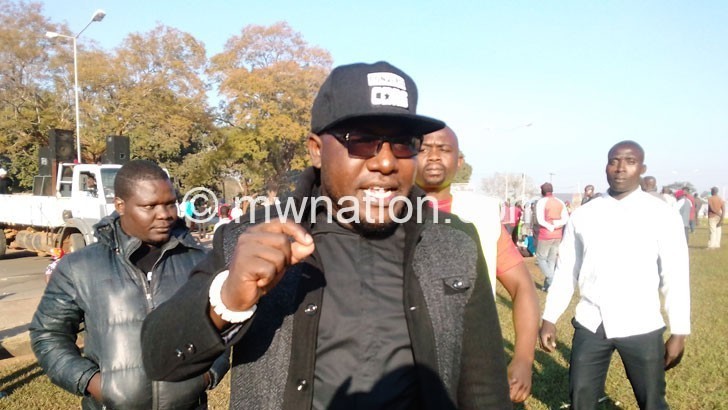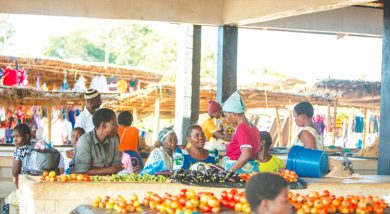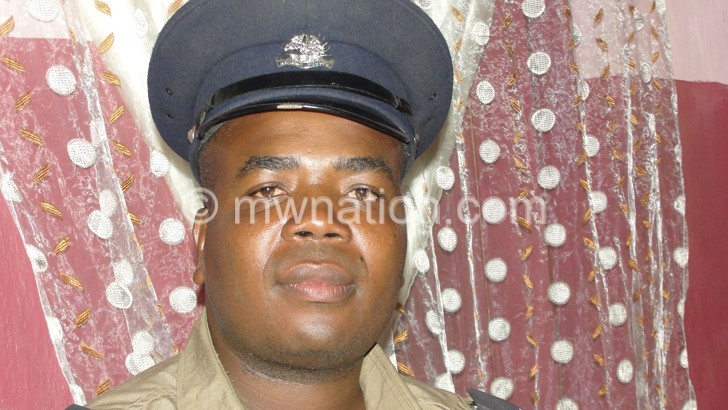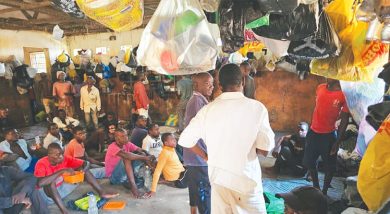Slow progress in malaria fight
The latest World Malaria Report shows that Malawi is among 20 countries in Africa where exposure to malaria infection during pregnancy is at 30 percent or more while maternal anaemia exceeds 40 percent.
Further, the report, compiled by World Health Organisation (WHO), indicates that children aged six months to three years had a higher prevalence (around 30 percent) of fever than children aged under six months or over three years.
It adds that prevalence of fever among children ranged from more than 40 percent in Malawi and Nigeria to less than 20 percent in Angola, Ethiopia, Madagascar, Mali and Zimbabwe.
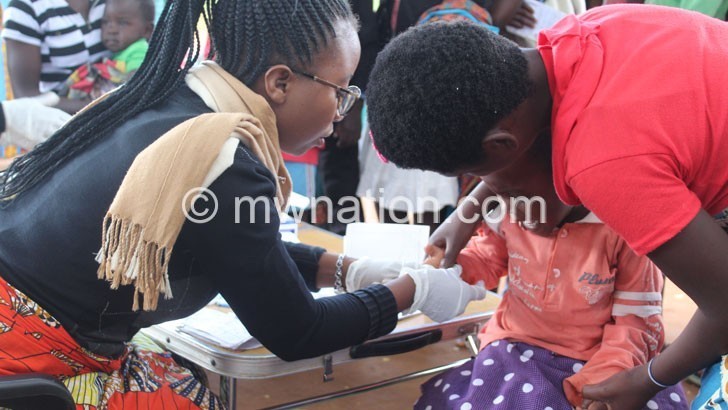
Reads the report in part: “Overall prevalence of exposure to malaria infection in pregnancy in moderate to high transmission sub-Saharan Africa was 29 percent.
In total, about 11 million pregnancies would have been exposed to malaria infection in these countries in 2018. The analysis shows a positive correlation of maternal anaemia and prevalence of exposure to malaria infection during pregnancy.
“In 20 countries [Benin, Burkina Faso, Burundi, Cameroon, Central African Republic, Congo, Côte d’Ivoire, the Democratic Republic of the Congo, Equatorial Guinea, Gabon, Ghana, Guinea, Liberia, Malawi, Mozambique, Nigeria, Sierra Leone, South Sudan, Togo and Uganda], prevalence of exposure to malaria infection during pregnancy was 30 percent or more while maternal anaemia exceeded 40 percent.”
The report, however, argues that these results should be interpreted, recognising that in sub-Saharan Africa, iron deficiency, an important cause of maternal anaemia and malaria infection, often coexist, but the relationship between them is complex.
In 2018, WHO director general Dr TedrosAdhanomGhebreyesus said about 11 million pregnant women in sub-Saharan Africa were infected with malaria and, consequently, nearly 900 000 children were born with low birth weight.
In April this year, Malawi rolled out a malaria vaccine that will see about 120 000 children getting doses for four years in 11 districts of Lilongwe, Ntchisi, Mchinji, Balaka, Machinga, Mangochi, Phalombe, Chikwawa, Nsanje, Karonga and Nkhata Bay.
Earlier, National Malaria Control Programme deputy director Michael Kayange said they introduced the vaccine into the routine system to see its feasibility.
On his part, Ministry of Health spokesperson, Joshua Malango said WHO approved Malawi, together with Kenya and Ghana, to pilot the malaria vaccine based on the threat of the disease in these countries.
According to WHO, stepped-up financing for the malaria response is essential; in 2018, total funding for malaria control and elimination reached an estimated US$ 2.7 billion, falling far short of the $ 5 billion funding target of the global strategy.


